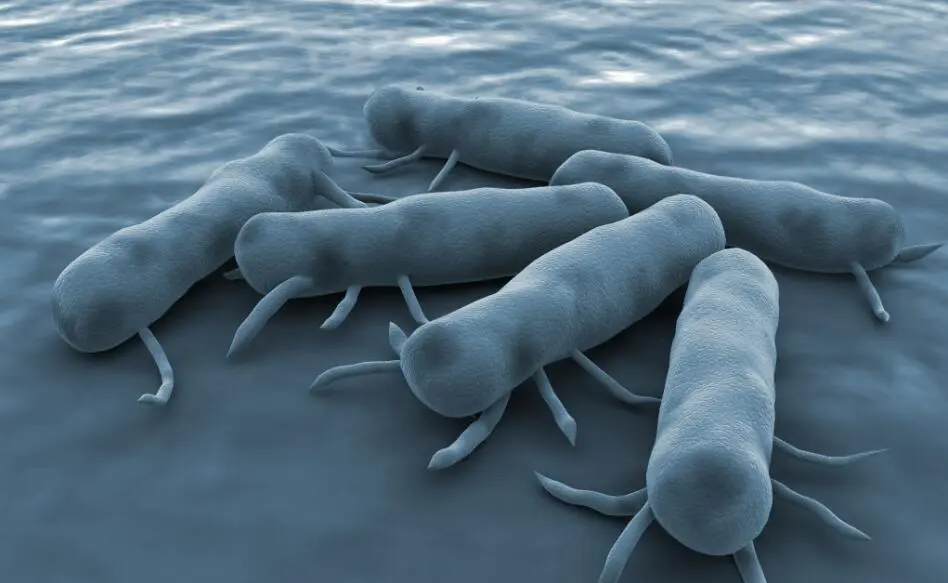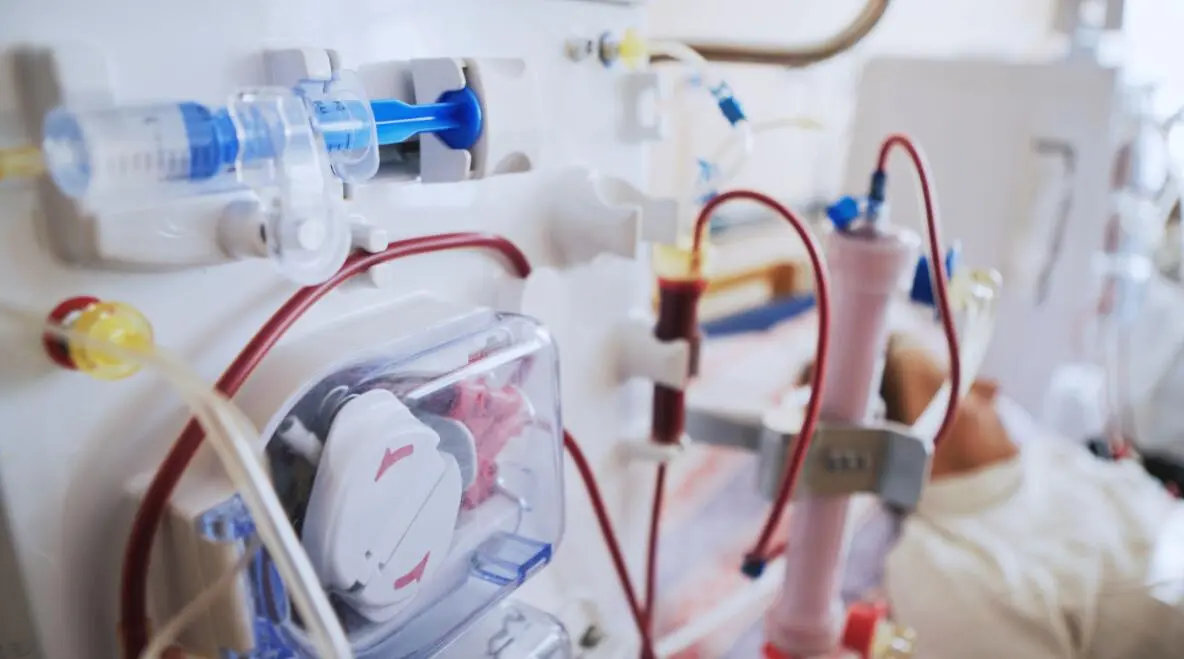Introduction: Understanding the Complexity of Vulvovaginitis Causes and Symptoms
Vulvovaginitis, a time period encompassing the irritation of the vulva and vagina, stands as a widespread problem affecting girls across various age groups. Delving into the intricacies of vulvovaginitis causes, signs, and symptoms is paramount for fostering consciousness and enabling proactive healthcare. This complete manual seeks to resolve the multifaceted nature of this situation, shedding light on the diverse elements contributing to its onset and the telltale signs that call for attention.
Unraveling Vulvovaginitis Causes and Symptoms: Exploring the Causes
Common Triggers of Vulvovaginitis
From bacterial infections to hormonal imbalances, vulvovaginitis causes are numerous and frequently interconnected. Bacterial overgrowth, exemplified by the proliferation of Gardnerella vaginalis and Escherichia coli, can disrupt the sensitive balance of the vaginal plant life, triggering infection. Yeast infections, pushed via Candida albicans, and parasitic invasions, together with the ones by way of Trichomonas vaginalis, also contribute to the complex internet of vulvovaginal inflammation.
The Role of Chemical Irritants and Hormonal Changes
Beyond infectious sellers, chemical irritants present in soaps and detergents, coupled with hormonal fluctuations for the duration of pivotal lifestyle stages, can drastically affect vulvovaginitis improvement. Exploring these interconnected causes lays the inspiration for centered prevention strategies and powerful control.
The popularity of vulvovaginitis necessitates a holistic method, considering the interaction of different factors in the delicate surroundings of the female reproductive system. By unraveling the complexity of those causes, ladies can embark on a journey of knowledgeable healthcare, mitigating dangers, and enhancing their average well-being.
What is Vulvovaginitis? Understanding the Discomfort of Vulvovaginitis Causes and Symptoms
Vulvovaginitis, irritation of the vulva and vagina, affects women’s reproductive health significantly. It manifests as redness, swelling, and pain inside the genital area, creating a number of causes and symptoms that may disrupt day-to-day life. It is vital to delve into the intricacies of what vulvovaginitis involves to realise the depth of its effect on women of all ages.
This situation isn’t different for a selected demographic; as a substitute, it can affect ladies across diverse life tiers, from younger women to postmenopausal women. The reasons for vulvovaginitis are numerous, and its signs can range, making it important for people to understand the symptoms and try to find timely clinical intervention.
The inflammation related to vulvovaginitis often stems from an imbalance in the delicate ecosystem of the girl’s genitalia. The subsequent sections will delve into the unique causes, exploring bacterial infections, yeast overgrowth, parasitic invasions, and external irritants. By comprehending the foundation causes, people can better understand why vulvovaginitis occurs and, in turn, make knowledgeable decisions about prevention and remedy strategies.

Vulvovaginitis Causes: Unraveling the Triggers
Understanding the causes of vulvovaginitis is pivotal in navigating its prevention and effective control. This situation results from a intricate interplay of factors, each influencing the delicate balance of the vaginal environment.
Bacterial infections stand out as a prominent reason, with overgrowth of microorganisms like Gardnerella vaginalis and Escherichia coli disrupting the normal vaginal plant life. Such disturbances create an environment conducive to infection, marking the onset of vulvovaginitis.
Yeast infections, mainly driven by Candida albicans, cause every other facet of vulvovaginitis. Candida overgrowth can result in itching, redness, and discomfort, amplifying the challenges confronted by affected individuals.
Parasitic infections add to the complexity, with organisms like Trichomonas vaginalis contributing to the irritation of the vulva and vagina. Identifying and addressing those parasitic triggers are crucial steps in effectively coping with vulvovaginitis.
Chemical irritants, which include harsh soaps and detergents, can also provoke or exacerbate vulvovaginal irritation. Furthermore, hormonal adjustments, including those taking place at some point during pregnancy or menopause, can disrupt the herbal stability, creating a positive environment for vulvovaginitis improvement.
This exploration of vulvovaginitis causes underscores the need for a complete understanding, allowing people to apprehend capability triggers and take proactive measures in their reproductive health adventure.
Common Causes
Bacterial Infections:
Bacterial overgrowth, which includes an imbalance within the ordinary flowers, can result in vulvovaginitis. Common culprits encompass Gardnerella vaginalis and Escherichia coli.
Yeast Infections:
Candida albicans, a form of yeast, can multiply excessively, inflicting yeast contamination and triggering vulvovaginitis.
Parasitic Infections:
In a few instances, parasites like Trichomonas vaginalis can be responsible for the infection.
Chemical Irritants:
Harsh soaps, douches, or maybe certain laundry detergents can irritate the delicate tissues of the vulva and vagina, leading to vulvovaginitis
Hormonal Changes:
Fluctuations in hormone stages, specially throughout pregnancy, menstruation, or menopause, can contribute to the improvement of vulvovaginitis.
Recognizing Vulvovaginitis Causes and Symptoms: Common Symptoms of Discomfort
Identifying the causes and symptoms of vulvovaginitis is crucial in the search for well-timed medical intervention and handling the circumstances effectively.
Common Symptoms
Itching and Burning:
Persistent itching and burning sensations inside the vulva and vaginal location are common indicators of vulvovaginitis.
Abnormal Discharge:
Changes in vaginal discharge, inclusive of coloration, consistency, and odor, may also signify an underlying contamination.
Redness and Swelling:
Inflammation of the vulva and vagina can result in redness and swelling, inflicting discomfort and pain.
Pain or Discomfort During Urination:
Irritation from vulvovaginitis may additionally enlarge the urethra, resulting in an ache or discomfort during urination.
Painful Intercourse:
Women with vulvovaginitis may experience pain or discomfort at some point of sexual intercourse, impacting their usual lifestyles.
Seeking Professional Help: How to Prevent & Treat Vulvovaginitis Causes and Symptoms
Timely prognosis and appropriate remedy are paramount in coping with vulvovaginitis efficaciously.
Diagnosing Vulvovaginitis:
Medical History: Healthcare companies will inquire about the affected person’s medical history, inclusive of any current changes in hygiene practices or publicity to capability irritants.
Physical Examination:
A thorough physical exam of the genital vicinity facilitates the discovery of visible causes and symptoms of inflammation, such as redness and swelling.
Laboratory Tests:
Testing of vaginal swabs or samples may be conducted to pick out the particular causative agent, whether or not it’s a microorganism, yeast, or parasite.

Treatment Options for Vulvovaginitis Causes and Symptoms
Antifungal Medications: For yeast infections, antifungal medications, including fluconazole, can be prescribed to get rid of the overgrowth of Candida.
Antibiotics:
Bacterial infections may require antibiotic treatment to remove the responsible bacteria.
Anti-parasitic Medications
In instances of parasitic infections, medicines specific to the diagnosed parasite can be prescribed.
Topical Steroids:
For cases associated with irritation from irritants, topical steroids can offer comfort.
Preventing Vulvovaginitis: Empowering Women with Vulvovaginitis Causes and Symptoms
Empowering ladies with an understanding of approximately preventive measures is vital in reducing the danger of vulvovaginitis.
Hygiene Practices:
Gentle Cleansing:
Avoid using harsh soaps or douches; instead, opt for gentle, fragrance-unfastened cleansers.
Wiping Techniques:
Always wipe from front to back after using the bathroom to prevent the unfolding of microorganisms.
Lifestyle Modifications:
Cotton Underwear:
Choose breathable cotton underwear to lessen moisture and create a wholesome environment.
Avoiding Irritants:
Steer clear of chemical irritants in non-public care merchandise, laundry detergents, and cloth softeners.
Conclusion: Empowering Women with Insights on Vulvovaginitis Causes and Symptoms
Understanding the Complexity:
In unraveling the intricacies of vulvovaginitis reasons, signs, and symptoms, ladies benefit from a deeper cognizance of the multifaceted nature of this circumstance. The adventure via bacterial imbalances, yeast overgrowth, parasitic impacts, and outside irritants reveals the interconnected net that shapes the onset of vulvovaginitis.
Recognition for Timely Action:
Recognizing the early causes and symptoms of vulvovaginitis is pivotal for activating scientific intervention. Never ignore itching, redness, or changes in discharge. They signal the need for professional guidance. By acknowledging the importance of well-timed action, ladies can notably effect the trajectory of their reproductive fitness.
Holistic Management Strategies:
Managing vulvovaginitis requires a holistic approach that addresses not only the signs but also the underlying causes. Whether through antifungal medications, antibiotics, or lifestyle modifications, individuals can tailor their method to suit their unique situation, promoting powerful and sustainable management of this not unusual gynecological concern.
Empowering Preventive Practices:
Empowerment lies in know-how, and armed with knowledge of vulvovaginitis reasons, ladies can undertake preventive practices to reduce the threat of recurrence. Optimize vulvovaginal health with gentle hygiene and lifestyle adjustments for a comprehensive, proactive approach.
Ongoing Reproductive Well-being:
In conclusion, the journey through vulvovaginitis causes, signs, and symptoms is an essential factor in girls’s reproductive well-being. By staying knowledgeable, spotting signs early, and adopting preventive measures, women can actively take part of their fitness journey, fostering a sense of empowerment and manipulating their vulvovaginal well-being.
This complete manual serves as a beacon, guiding women toward a proactive and knowledgeable approach to vulvovaginitis reasons, signs, and symptoms, ultimately contributing to their general health and high quality of life.


